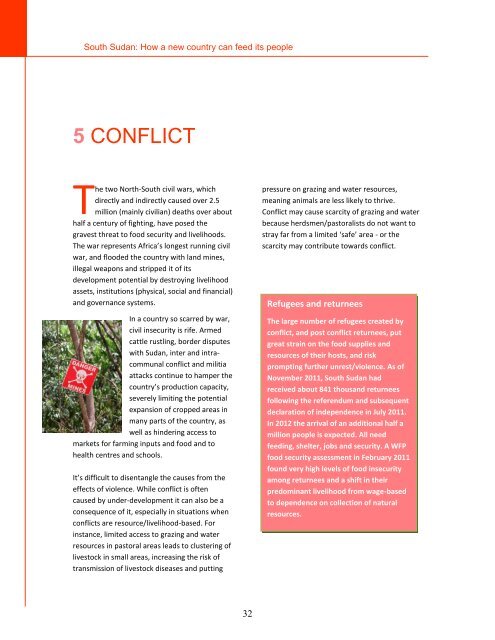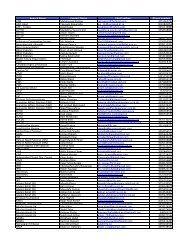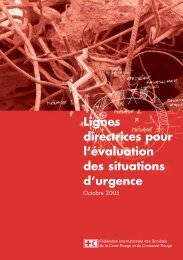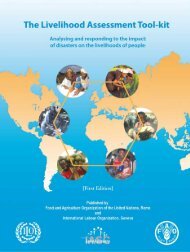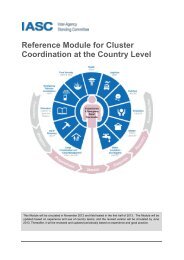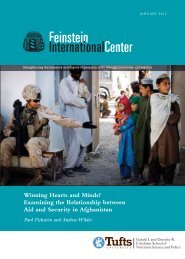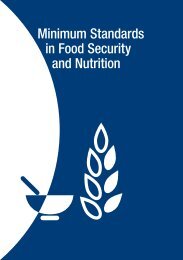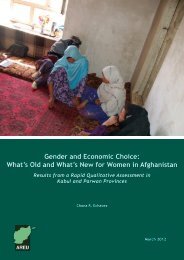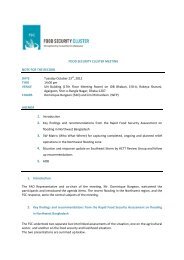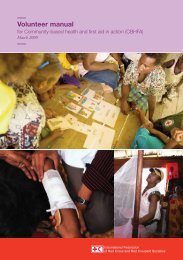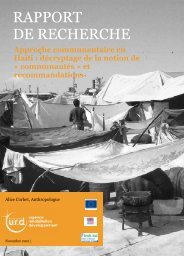4.15 MB - Food Security Clusters
4.15 MB - Food Security Clusters
4.15 MB - Food Security Clusters
- No tags were found...
You also want an ePaper? Increase the reach of your titles
YUMPU automatically turns print PDFs into web optimized ePapers that Google loves.
South Sudan: How a new country can feed its peopleConflict5 CONFLICTThe two North-South civil wars, whichdirectly and indirectly caused over 2.5million (mainly civilian) deaths over abouthalf a century of fighting, have posed thegravest threat to food security and livelihoods.The war represents Africa’s longest running civilwar, and flooded the country with land mines,illegal weapons and stripped it of itsdevelopment potential by destroying livelihoodassets, institutions (physical, social and financial)and governance systems.In a country so scarred by war,civil insecurity is rife. Armedcattle rustling, border disputeswith Sudan, inter and intracommunalconflict and militiaattacks continue to hamper thecountry’s production capacity,severely limiting the potentialexpansion of cropped areas inmany parts of the country, aswell as hindering access tomarkets for farming inputs and food and tohealth centres and schools.It’s difficult to disentangle the causes from theeffects of violence. While conflict is oftencaused by under-development it can also be aconsequence of it, especially in situations whenconflicts are resource/livelihood-based. Forinstance, limited access to grazing and waterresources in pastoral areas leads to clustering oflivestock in small areas, increasing the risk oftransmission of livestock diseases and puttingpressure on grazing and water resources,meaning animals are less likely to thrive.Conflict may cause scarcity of grazing and waterbecause herdsmen/pastoralists do not want tostray far from a limited ‘safe’ area - or thescarcity may contribute towards conflict.Refugees and returneesThe large number of refugees created byconflict, and post conflict returnees, putgreat strain on the food supplies andresources of their hosts, and riskprompting further unrest/violence. As ofNovember 2011, South Sudan hadreceived about 841 thousand returneesfollowing the referendum and subsequentdeclaration of independence in July 2011.In 2012 the arrival of an additional half amillion people is expected. All needfeeding, shelter, jobs and security. A WFPfood security assessment in February 2011found very high levels of food insecurityamong returnees and a shift in theirpredominant livelihood from wage-basedto dependence on collection of naturalresources.32


